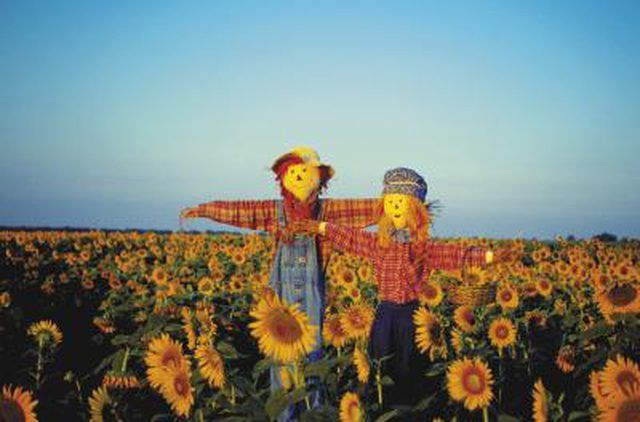Bulbs
Flower Basics
Flower Beds & Specialty Gardens
Flower Garden
Garden Furniture
Garden Gnomes
Garden Seeds
Garden Sheds
Garden Statues
Garden Tools & Supplies
Gardening Basics
Green & Organic
Groundcovers & Vines
Growing Annuals
Growing Basil
Growing Beans
Growing Berries
Growing Blueberries
Growing Cactus
Growing Corn
Growing Cotton
Growing Edibles
Growing Flowers
Growing Garlic
Growing Grapes
Growing Grass
Growing Herbs
Growing Jasmine
Growing Mint
Growing Mushrooms
Orchids
Growing Peanuts
Growing Perennials
Growing Plants
Growing Rosemary
Growing Roses
Growing Strawberries
Growing Sunflowers
Growing Thyme
Growing Tomatoes
Growing Tulips
Growing Vegetables
Herb Basics
Herb Garden
Indoor Growing
Landscaping Basics
Landscaping Patios
Landscaping Plants
Landscaping Shrubs
Landscaping Trees
Landscaping Walks & Pathways
Lawn Basics
Lawn Maintenance
Lawn Mowers
Lawn Ornaments
Lawn Planting
Lawn Tools
Outdoor Growing
Overall Landscape Planning
Pests, Weeds & Problems
Plant Basics
Rock Garden
Rose Garden
Shrubs
Soil
Specialty Gardens
Trees
Vegetable Garden
Yard Maintenance
What Planting Zone Is Kansas?
What Planting Zone Is Kansas?. Kansas is divided into hardiness zones, which are very important if you are deciding which plants to grow in this state. However, hardiness zones are only one of several factors to consider when planting.

Kansas is divided into hardiness zones, which are very important if you are deciding which plants to grow in this state. However, hardiness zones are only one of several factors to consider when planting.
Zones
The United States Department of Agriculture has divided the country into zones to help growers know which plants are suitable for which areas. Kansas falls into hardiness zones 5 and 6. Zone 5 covers most of the northern half of the state while zone 6 makes up most of the south.
Temperature
Hardiness zones are based on average annual low temperature. Most areas in northern Kansas see an average low of minus 15 to minus 10 degrees Fahrenheit (zone 5B), while a few small areas may see temperatures of minus 20 to minus 15 (zone 5A). Zone 6A, which makes up the bulk of southern Kansas, has an average annual low of minus 10 to 15, but a few areas are in zone 6B, with average lows between minus 5 and 0 degrees.
Other Considerations
In addition to temperature, there are other climate factors that play a role in Kansas; moisture in particular is a major concern. What a hardiness zone map does not tell you is that eastern Kansas is considerably more humid than western Kansas, which is more prone to drought. If you live in western Kansas, choose drought-tolerant plant varieties. Also consider soil types, which are extremely varied in this state.